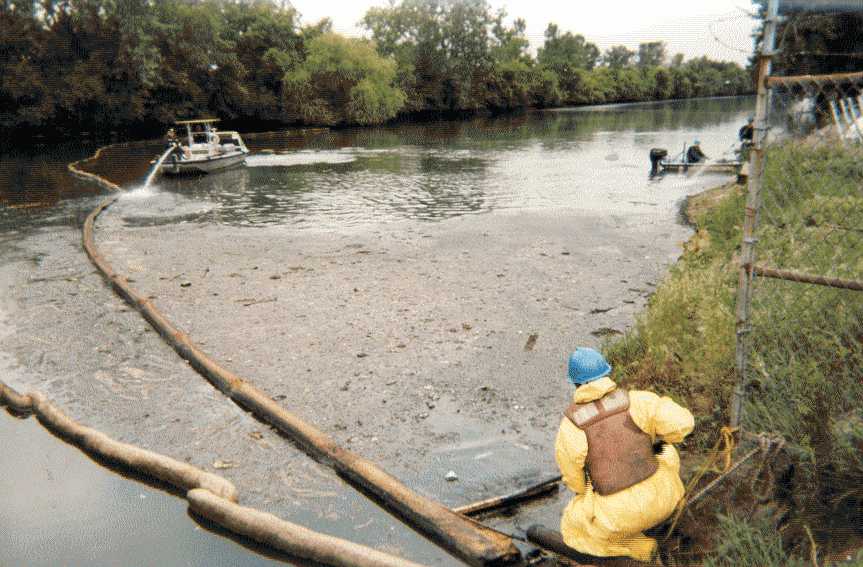 Karen W. Okonta, Senior Project Professional
Karen W. Okonta, Senior Project Professional
As indicated by US EPA, the purpose of the memorandum is to continue to facilitate cleanups at contaminated sediment sites subject to the Comprehensive Environmental Response, Compensation and Liability Act (CERCLA) and the National Contingency Plan (NCP). The memorandum discusses lessons learned in the course of overseeing and conducting cleanups at various sites.
| The memorandum provides 11 recommendations for the characterization of sediment sites, evaluation of remedial activities, and selection and implementation of response actions, based on best practices. The agency is encouraging administrators to consider these recommendations, especially at sites contaminated with bioaccumulative contaminants where unacceptable risk to human health from the consumption of contaminated fish or shellfish, has been determined. |
- Taking early action at high-risk sites during the RI/FS study phase, even when the site has not been properly characterized.
- Collecting adequate data to develop and refine the conceptual site model (CSM) in support of the evaluation of alternatives.
- Evaluating the risk associated with exposure to contaminated sediments, including submerged sediment.
- Designing site-specific sediment toxicity tests to generate data that support the risk assessment and remedy selection.
- Developing a monitoring strategy that clearly defines risk reduction expectations and monitoring endpoints.
- Incorporating an adaptive management strategy to the implementation of response action at complex sites. The guidance also provides an example of the steps to follow when incorporating an adaptive management approach.
- Exercising caution when using computational models and suggests taking into consideration the limitations of models to accurately predict quantitative endpoints.
- Collecting adequate pre-remedial and cleanup data to interpret post-remediation data to effectively evaluate remedial measures.
- Developing achievable risk reduction expectations and remediation goals. The Agency recognizes that “because of site conditions, background contamination, and limitations of available remedial technologies, achieving protective fish tissue or sediment concentration, may take many years to achieve.”
- Continuing collaboration with the Clean Water Act (CWA) to achieve water quality goals and the protection of public health and the environment. It proposes that sharing of data collected at a superfund site, National Pollutant Discharge Elimination System (NPDES) permits, impaired water designation and Total Maximum Daily Load (TMDL) development, or RI/FS and long-term monitoring data, can leverage the authorities of each program.
- Considering the future of the waterbody in developing alternatives for remediation, and evaluating whether the selected remedy may create an obstruction to navigation channels.
Note that although this memorandum appears to be a new guidance, it is not significantly different from other guidance documents, and serves mostly to provide clarification to previously issued guidance documents, while addressing the recommendation of the Government Accountability Office (GAO) report released in October 2016: GAO-16-777, Superfund Sediment Sites – EPA Considers Risk Management but Could Clarify Certain Procedures.
While the memorandum provides updated guidance for documenting the evaluation process for larger sediment contamination sites (>10,000 yds3 or 5 acres), it does not advance the issue of trying to determine actual cleanup criteria for contaminated sediments.
A PDF copy of the memorandum can be accessed at https://semspub.epa.gov/work/HQ/196834.pdf


 RSS Feed
RSS Feed